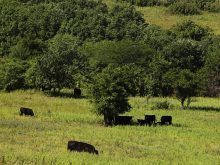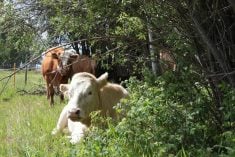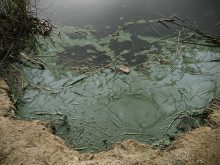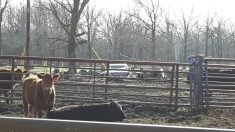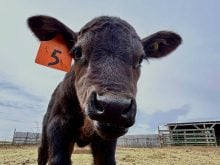A stifle condition is more commonly seen in older cows and in bulls that suffer breeding injuries. Many of these lamenesses are probably diagnosed incorrectly and in many cases treated inappropriately, often resulting in an animals being kept too long.
When we talk about a stifled cow or bull, we refer to injury to ligaments surrounding the knee joint (the stifle joint) which is the first joint below the hips on the hind leg.
An injury to this joint is common in dogs and in humans. It’s a fairly common injury among football players and other athletes due to damage most commonly to the anterior cruciate ligament (ACL).
Read Also
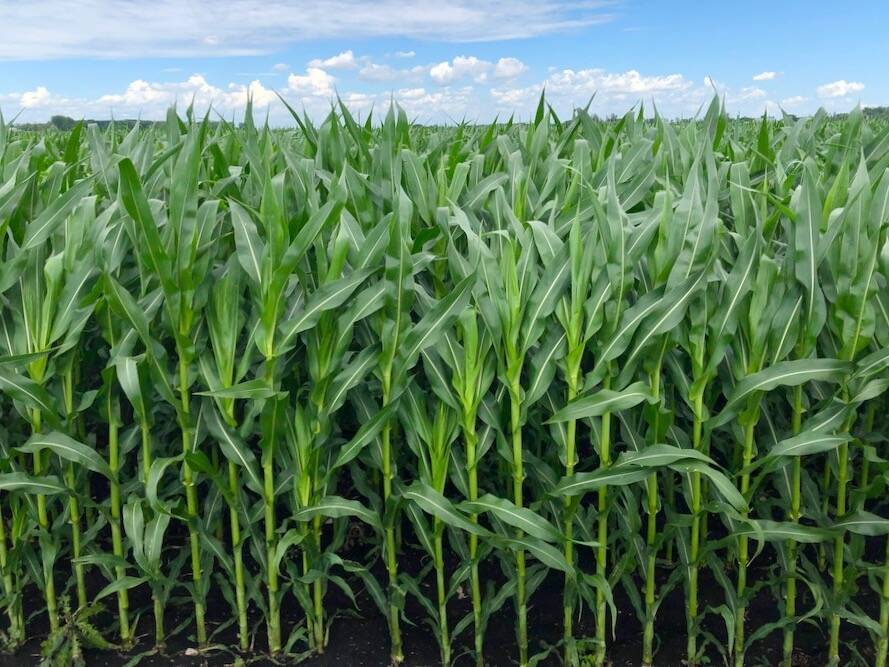
Cancer agency reclassifies another herbicide ‘probably carcinogenic’
The WHO’s cancer research agency has now put atrazine, a herbicide well known to corn growers, in the same potential-hazard category where the agency put glyphosate.
Managing a stifle injury
More often than not, a stifled ligament is caused by traumatic twisting, stretching or tearing. Most often in my experience it happens to older cows, especially around breeding season, or in winter when cattle fall on ice. Among bulls, injury to the ligament can occur during fighting at any time but I think they are especially prone to the injury when one bull is hit by another bull during the breeding process. It often shows up in herd sires. A bull being hit by another is much like a cross block in football.
Initially, there may be quite a bit of swelling around the stifle joint but with time this goes away. When checking out a lame animal, we start by looking around the foot for evidence of swelling. If none, we work our way up the leg.
Antibiotics will not help a damaged stifle. If they are used, even in error, pay attention because antibiotics also have a withdrawal period. The important message is to be prudent with our usage of antibiotics on the farm.
If we find stifle injuries later on in their course, the limp is pretty distinct with the leg held as a peg leg and the foot being placed out to the side with a quick jerk forward when walking.
Many decisions need to be made with a stifle injury. In acute cases, a painkiller and anti-inflammatory products may help the bull or cow be more comfortable. If the injury is a stretch or partial tear of the ligament, recovery may be more rapid. Depending on the severity of injury cattle can recover completely. I have even seen really athletic cattle such as bucking bulls injure themselves with certain twists, but then make a complete recovery by just resting them.
For recovery through rest, getting these cattle to a position where they don’t have to walk far for feed and water and don’t have to compete with others in the herd is a real plus. You can then watch their progress and decide if further treatment is actually necessary or is doing any good.
Weigh your options
Convalescence may take a few weeks. As a producer, you need to balance several things especially if there is little or no improvement despite rest and time. The further direction of treatment involves weighing several things such as animal welfare needs by giving pain killers as needed, the value of the animal, reproductive performance and age as well as other factors.
As cases are discovered you need to make a decision on how to approach them. Sometimes earlier decisions of slaughter for salvage are good ones, but we have to be sure the animal can make the trip, otherwise butchering on farm may be the answer. Transportation is very hard on affected animals, as they are essentially bearing all their weight over three legs. Please keep this in mind.
Culling older cows will definitely decrease the incidence of stifle injuries as poor or unstable footing has lots to do with it. If cattle are standing on slippery or unstable ground during breeding, that could definitely lead to stifle injuries or worse.
With this or any unusual lameness, if you don’t know for sure what it is, contact your veterinarian. With larger cattle, recovery from stifle injuries is rare and often some type of salvage becomes the result. It is important to follow the cattle code of practice and recognize these cattle are in a fair bit of pain just as we would be with the same type of injury. Measures need to be taken to ease their discomfort.



